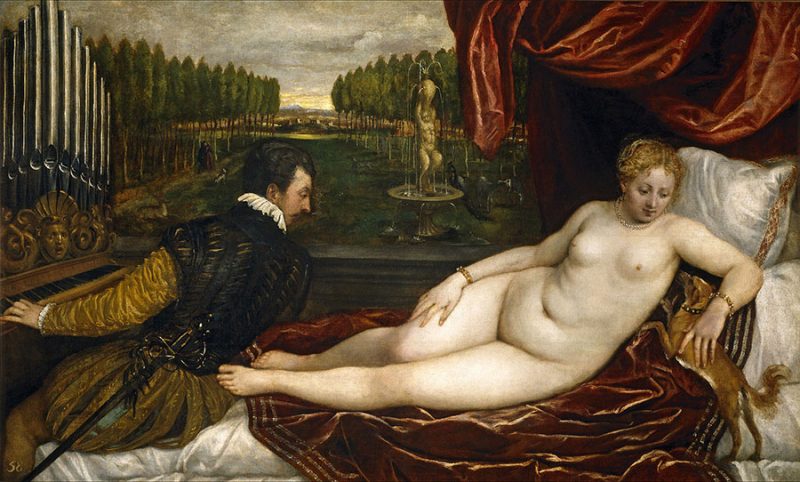The Impressionists and the Man who Made them: Monet, Cezanne, Degas and Renoir are some of the world’s most popular artists. Their works, and that of their contemporaries, fetch tens of millions of dollars around the globe. Who were they and how exactly did they paint? To help answer these questions, this film focuses on the man credited with inventing impressionism as we know it – 19th-century Parisian art collector Paul Durand-Ruel.
It was his brave decision to back these radical artists and then, on the verge of bankruptcy, to exhibit them in New York in 1886 that created impressionism as we know it. Thanks to his sales to enlightened wealthy Americans that subsequently filled US galleries with impressionist masterworks, Durand-Ruel kept impressionism alive at a time when it faced complete failure. This film tells his remarkable story, along with that of the impressionists themselves.
Impressionism
Impressionism is a 19th-century art movement characterised by relatively small, thin, yet visible brush strokes, open composition, emphasis on accurate depiction of light in its changing qualities (often accentuating the effects of the passage of time), ordinary subject matter, inclusion of movement as a crucial element of human perception and experience, and unusual visual angles. The impressionism originated with a group of Paris-based artists whose independent exhibitions brought them to prominence during the 1870s and 1880s.
The Impressionists faced harsh opposition from the conventional art community in France. The name of the style derives from the title of a Claude Monet work, Impression, soleil levant (Impression, Sunrise), which provoked the critic Louis Leroy to coin the term in a satirical review published in the Parisian newspaper Le Charivari.
The development of Impressionism in the visual arts was soon followed by analogous styles in other media that became known as impressionist music and impressionist literature. The Impressionists relaxed the boundary between subject and background so that the effect of an Impressionist painting often resembles a snapshot, a part of a larger reality captured as if by chance.




